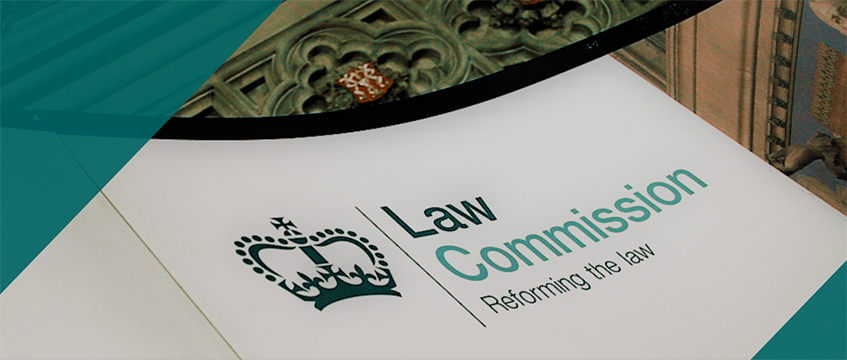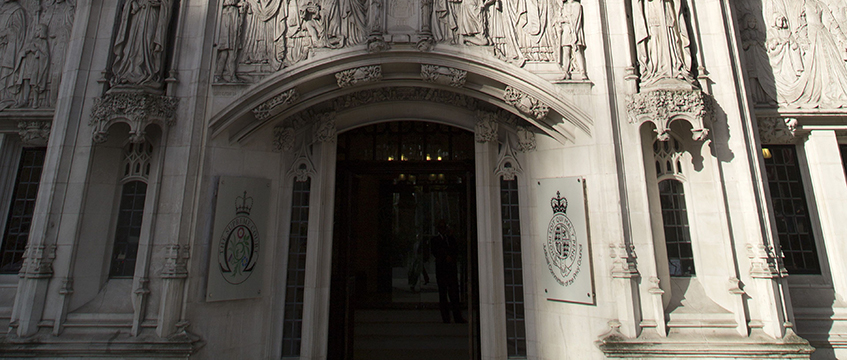The issue that arose in Canonical UK Ltd v TST Millbank LLC 2012 EWHC 3710 (Ch) was whether a tenant had successfully exercised a break right in its lease. The break clause allowed the tenant to terminate on six months’ notice if it paid the rent “up to and including” the break date, together with a reverse premium in the sum of one month’s rent.
The tenant paid all the rent that fell due on the quarter day immediately before the break date, even though the break date fell part way through the following quarter, but forgot to pay the reverse premium. It claimed that it had paid the rent that was due for the period up to the break date and that the balance should be attributed to the reverse premium (even though it said nothing to that effect at the time and there was a disparity in the figures that left the landlord £12,000 in credit).
The tenant’s lease required the tenant to pay rent “yearly and proportionately for any part of a year”. It argued that rent is payable in respect of a tenant’s period of occupation and that these words should be construed as requiring payment up to the break date. It sought to distinguish Capital and City Holdings Ltd v Dean Warburg Ltd [1989] EGLR 90, where the court refused to interpret these words as modifying the obligation to pay a full quarter’s rent in the middle of a term, on the ground that the decision was made in the context of the forfeiture of a lease. In that case, the forfeiture occurred after the quarter day. In this case, the break date fell after the quarter day, but pursuant to a notice served beforehand, which made all the difference.
The judge ruled that the case turned on the true meaning of the parties’ contract. The break clause could have said that the tenant need pay only an apportioned part of the rent payable in the final quarter, after the service of a break notice – but did not do so. The words “yearly and proportionately for any part of a year” referred to the periods at the very beginning and end of the lease. The lease might end in the middle of a quarter during the term. However, the parties could not be certain that it would, because they could not assume that the conditions in the break clause would be satisfied. Consequently, the tenant had been liable to pay a full quarter’s rent on the quarter day (although it might subsequently try to recover any overpayment from the landlord).
Therefore, the tenant had failed to pay the total required to determine the lease and there was no balance to attribute to the reverse premium. However, the tenant would have failed here too. The tenant had indicated that it was paying the quarterly rent invoice when it paid the rent, because it cited the number of the landlord’s invoice on its remittance advice. Consequently, the payment made could not be attributed to the reverse premium.
The tenant has been given permission to appeal and must hope that the Court of Appeal will see things differently.
Allyson Colby is a property law consultant










